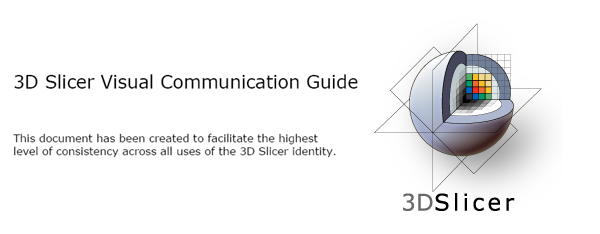

Save opens the "Save Data" window, which offers a variety of options for saving all data or selected datasets. DICOM module is recommended to import data from DICOM files and loading of imported DICOM data. An option for saving scenes and data is also provided here. File: Functions for loading a previously saved scene or individual datasets of various types, and for downloading sample datasets from the internet.When Slicer is exited normally, the selected layout is saved and restored next time the application is started. The Layout Toolbar provides a drop-down menu of layouts useful for many types of studies. The user can choose between a number of predefined layouts, which may contain slice, 3D, chart, and table views. It displays information about view content at the position of the mouse pointer. Current module can be selected using the Module Selection toolbar.ĭata Probe is located at the bottom of the module panel. This panel (located by default on the left side of the application main window) displays all the options and features that the current module offers to the user. Slicer package contains over 100 built-in modules and additional modules can be installed by using the Extensions Manager. Modules typically do not interact with each other directly: they just all operate on the data nodes in the scene. Slicer provides a large number "modules", each implementing a specific set of functions for creating or manipulating data in the scene. Each data set, such as an image volume, surface model, or point set, is represented in the scene as a "node". The end result looks like below.Slicer stores all loaded data in a data repository, called the "scene" (or Slicer scene or MRML scene). The sample data is fairly simple and creating a sophisticated report is not my intention here therefore I just added a few visuals to analyse Total Cost by Order Date, Region and Rep. In terms of formatting, it’s really up to you, I personally like colourful reports so I tweaked it a little to look like this. The other thing worth mentioning is that Image Split can not be too small (under 10), you won’t see the images at all otherwise. As a workaround, I used Count of Name as the values. Please keep in mind that all three properties must be filled even though I don’t need Values in my example. Firstly, drag and drop a ChicletSlicer to the report canvas and config it as follows. The tables I need are already in place so now I can design the report. To make those two tables work interactively, I am going to relate both together with the item name and most importantly, enable Cross filter in Both direction as below. NOTE: Those URLs must be accessible publicly, otherwise, they won’t work once the report has been published to Power BI Service. Now I need to manually create a table containing two columns: Name and Image. Here is the T-SQL query that I used in Query Editor. In terms of the sample data, it is going to be the data I imported in this article. You can either press From Store from Custom visuals ribbon in Power BI Desktop as below or download the pbiviz file from Office Store and then import into Power BI Desktop. After researches, I realised it can be easily achieved with a custom visual: Chiclet Slicer. I personally think it’s very cool and was eager to do the same to my reports. I have seen a few Power BI reports on the internet in which images are used as a slicer instead of words.


 0 kommentar(er)
0 kommentar(er)
